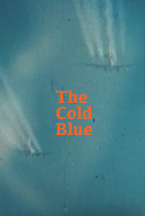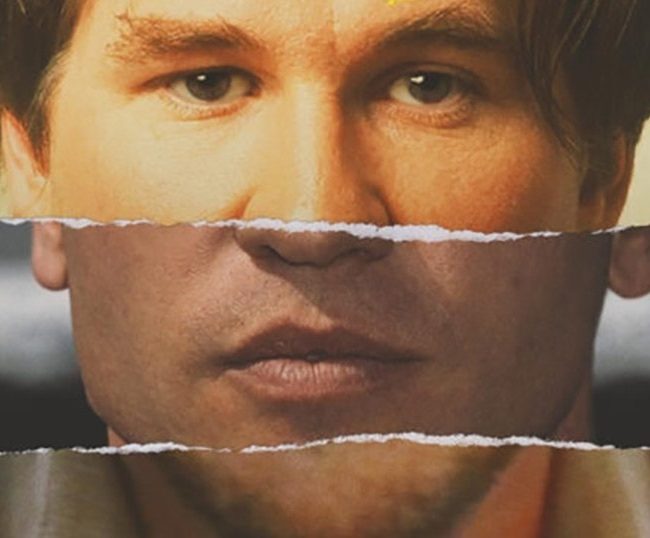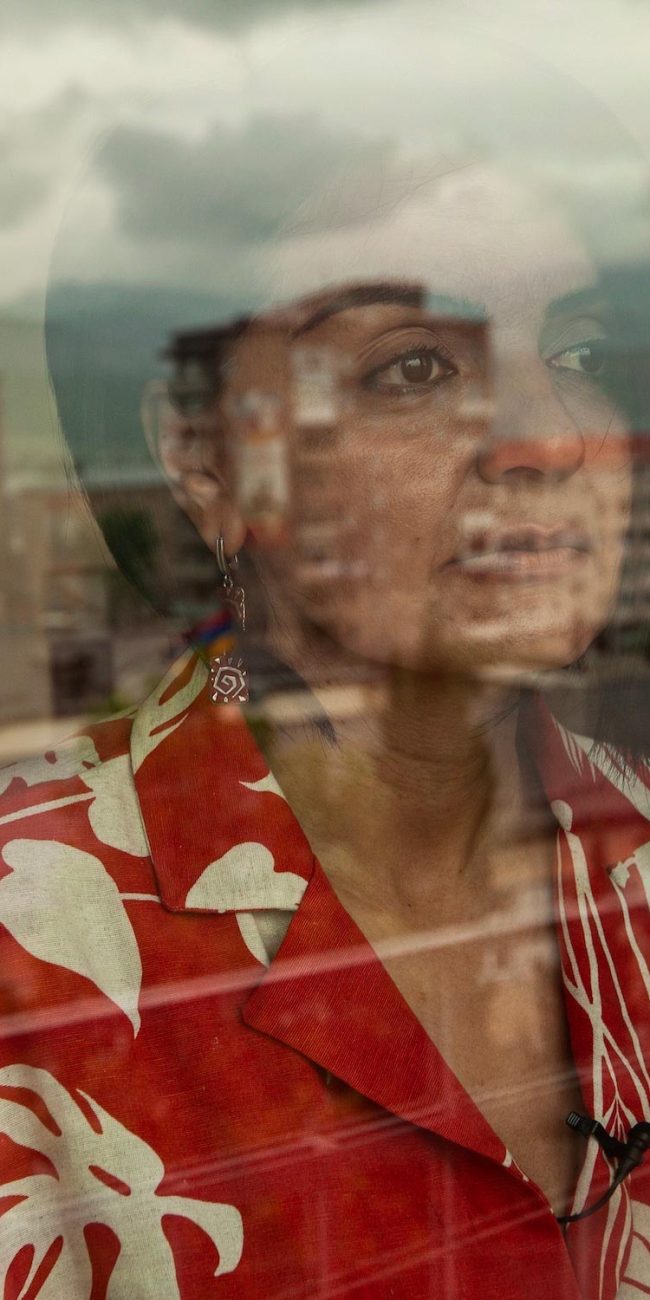THE COLD BLUE

(The 2018 AFI Docs Film Festival runs June 13-17 in Washington D.C. Hammer to Nail lead critic Chris Reed, who also hosts a killer podcast on documentary filmmaking called The Fog of Truth, is at the fest and will be providing his usual excellent reviews and interviews.)
In 1942, famed Hollywood director William Wyler (Mrs. Miniver) left his cushy California life to devote his energies to the war effort in Europe. As recounted in film historian Mark Harris’s marvelous 2014 book Five Came Back: A Story of Hollywood and the Second World War, Wyler did so at great risk to himself and to his crew, losing most of his hearing – and, even more tragically, one of his cinematographers, Harold J. Tannenbaum – in the process. Embedded with the U.S. Army Air Corps, Wyler filmed bombing missions over Germany, capturing stunning footage that he put to great use in the 1944 documentary The Memphis Belle: A Story of a Flying Fortress. That film is widely available today (online and on disc), but most, if not all, the copies are faded and scratchy. Fortunately for cinephiles, there is a new movie that once again uses Wyler’s material, beautifully restored to its original color splendor, accompanied by testimonies of the last few remaining survivors. With The Cold Blue, filmmaker Erik Nelson (A Gray State) delivers a powerful metaphysical meditation on bravery, sacrifice, life and death that is beautiful to behold and emotional to experience.
As with another recent film comprised mostly of archival footage – Brett Morgen’s 2017 Jane, about wildlife biologist Jane Goodall – The Cold Blue showcases the timeless vibrancy of well-preserved movie negative. Though 75 years old, the images pop with an immediacy that brings the story alive. In Wyler’s documentary, an authoritative male narrator told us how to feel; here, the aging veterans’ voiceovers, often brutally stark in their assessment of the costs of war, serve as moving counterpoint to the soaring airborne shots. Men prepare bombs for loading, lounge in anticipation of takeoff, crouch in turrets, fire guns, drop said bombs, and sometimes go down with their burning planes. Wyler and his colleagues captured it all, and Nelson and his own colleagues – including composer Richard Thompson and sound designer David Hughes – assemble it now into an eerie montage of real-life dogfights and blitzes, seen up close and from afar, all the more visceral because it actually happened.
Thanks to the shared anecdotes, we learn just how much guts these men needed to have, irrespective of glory. The B-17 “Flying Fortress” bombers flew with neither heat nor pressurization at a height approaching that of Mt. Everest (29,000 feet, give or take). “Cold” blue, indeed! It’s a wonder the crew could function at all, much less drop bombs over precise targets and return fire from the German Luftwaffe; some men lost fingers (and more) to frostbite. 12,731 B-17s were constructed for the war; 5,000 were lost. Each plane had a crew of 10, not all of whom were able to parachute out of their damaged crafts before they crashed. We hear these tales of loss as much as we hear the tales of victory. Our narrators are lucky to have returned home, and they know it.
One such veteran is 92-year-old Paul “Bud” Haedike, who opens the film with one of his many stories (he is quite the raconteur) before we launch into the main narrative. His is the only present-day face we see until the end; before that, we see the young photos of each nonagenarian as he recounts his own adventures. Interestingly, while they all believe in what they were doing, they are by no means uncritical of the Allied Forces’ leadership, some of them noting that the move from precision to pattern bombing cost the lives of countless civilians. They have a lot to say, and by the time the movie concludes, they feel like old friends. This is the cinematic tribute they deserve, gorgeous and somber in equal measure.











